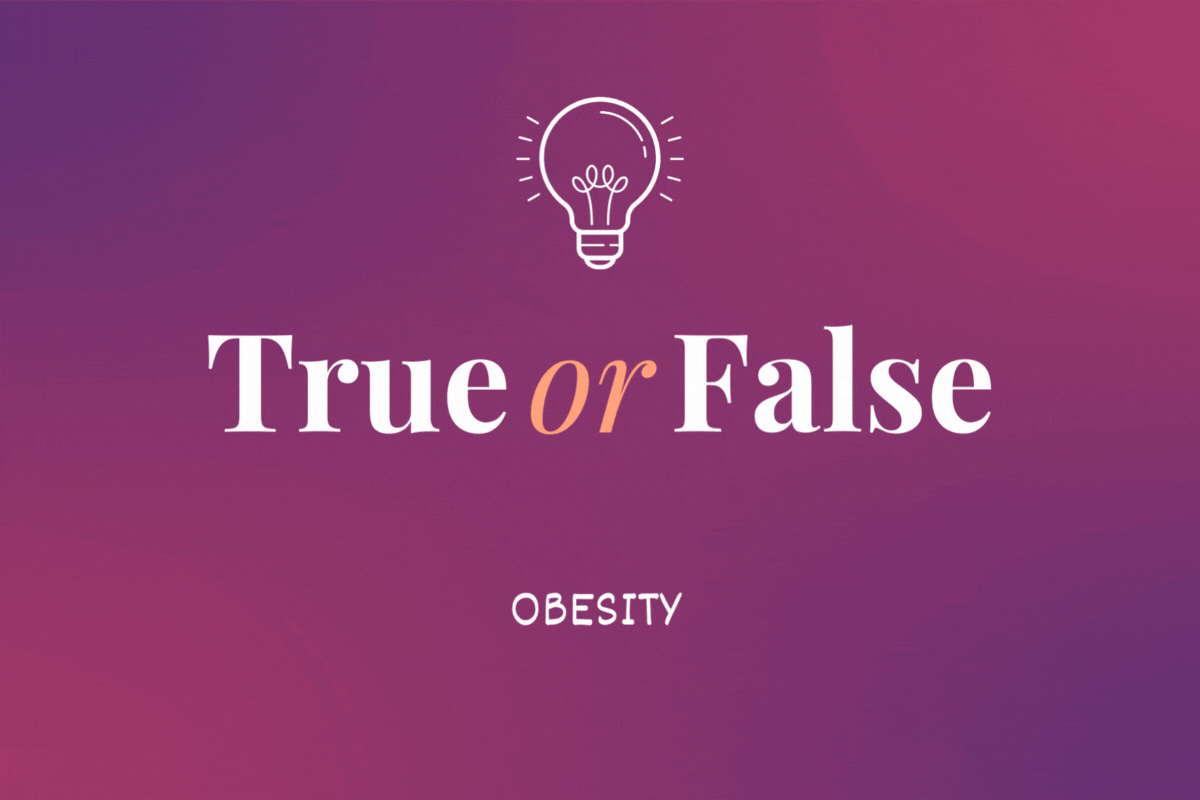
TUESDAY, June 7, 2016 (HealthDay News)—More American women than ever are obese, while the number of men carrying around far too many pounds has held steady, new research shows.
And a second study finds U.S. teens are another group that continues to struggle with obesity.
"Obesity remains a public health concern," said Cynthia Ogden, an epidemiologist at the U.S. Centers for Disease Control and Prevention's National Center for Health Statistics. She worked on both reports.
"Our study didn't look at why, we just looked at the trends to see what was happening," she explained. More research is needed to determine the reasons for the continuing obesity epidemic, she added.
The statistics are sobering.
Forty percent of American women and 35 percent of men were obese in 2013-2014, reflecting an increase among women but not among men, the report found.
Among children, 17 percent were obese in 2011-2014, while nearly 6 percent were extremely obese. The prevalence of obesity seesawed among young children, but increased slightly among teens, researchers found.
Dr. David Katz is director of the Yale-Griffin Prevention Research Center, in Derby, Conn., and president of the American College of Lifestyle Medicine.
"Given all the high-profile attention to the obesity epidemic in America, even by those in the White House, we might be surprised and appalled that, overall, obesity rates are rising, not falling, and that the best news in the mix is stabilization of alarmingly high rates in a few select groups," he said.
But even as health experts fret about obesity and its consequences, American culture "ignores it, denies it or simply profits from it," said Katz.
To get a picture of the obesity trends among adults, Ogden and her colleagues used data from a national health survey that includes weight and height statistics. They collected data on more than 2,600 men (average age 47) and more than 2,800 women (average age 48) who were part of the survey in 2013 and 2014. In addition, they collected data on more than 21,000 men and women from surveys conducted from 2005 to 2012.
From 1980 to 2000, the prevalence of obesity increased among both men and women. From 2003 to 2004, the rate of obesity increased significantly for men but not for women, the researchers found.
There were no significant increases for men or women from 2003-2004 through 2012.
However, in 2013-2014, there was an increase, with 38 percent of American adults classified as obese. Nearly 8 percent were extremely obese, including 5.5 percent of men and almost 10 percent of women, Ogden's team found.
Ogden's group did find that men who smoked were less likely to be obese. Although smoking was not a factor in obesity among women, education was. Women with more than a high school education were far less likely to be obese, Ogden noted.
Among nearly 41,000 children and teens, Ogden and her colleagues found that over approximately 15 years obesity increased until 2003-2004, then decreased among children aged 2 to 5.
Among those aged 6 to 11, obesity increased until 2007-2008, then leveled off. Among teens 12 to 19, obesity increased through 2013-2014.
The reports were published June 7 in the Journal of the American Medical Association.
Katz sees the obesity epidemic as a cultural problem.
"We continue to aggressively market [the] food and drink most implicated in obesity and chronic disease," he said.
"We live in a culture where we know food is willfully engineered to be all but addictive, but express no outrage and take no action," Katz said. "We lament epidemic obesity even as we propagate it. We could fix this any time we decide we care enough about it to bother trying."
SOURCES: Cynthia Ogden, Ph.D., epidemiologist, National Center for Health Statistics, U.S. Centers for Disease Control and Prevention; David Katz, M.D., M.P.H., director, Yale-Griffin Prevention Research Center, Derby, Conn., and president, American College of Lifestyle Medicine; June 7, 2016, Journal of the American Medical Association
Copyright © 2016 HealthDay. All rights reserved.







